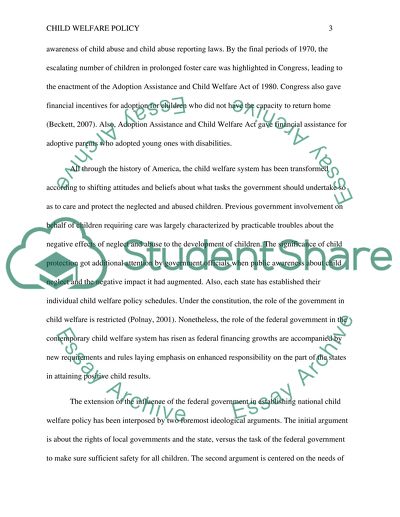Cite this document
(“Child Welfare Policy Research Paper Example | Topics and Well Written Essays - 1750 words”, n.d.)
Retrieved from https://studentshare.org/sociology/1474435-child-welfare-policy
Retrieved from https://studentshare.org/sociology/1474435-child-welfare-policy
(Child Welfare Policy Research Paper Example | Topics and Well Written Essays - 1750 Words)
https://studentshare.org/sociology/1474435-child-welfare-policy.
https://studentshare.org/sociology/1474435-child-welfare-policy.
“Child Welfare Policy Research Paper Example | Topics and Well Written Essays - 1750 Words”, n.d. https://studentshare.org/sociology/1474435-child-welfare-policy.


